Why 24V LiFePO4 Batteries are the Superheroes of the Energy World
Dive into the world of 24V LiFePO4 batteries, celebrated for their safety, durability, and efficiency. From their versatile cell types—cylindrical, prismatic, and pouch—to impressive cycle lives and capacity ratings, this guide unpacks what makes these batteries a powerhouse choice for renewable energy, EVs, and backup systems. Get ready for an electrifying ride into battery brilliance!
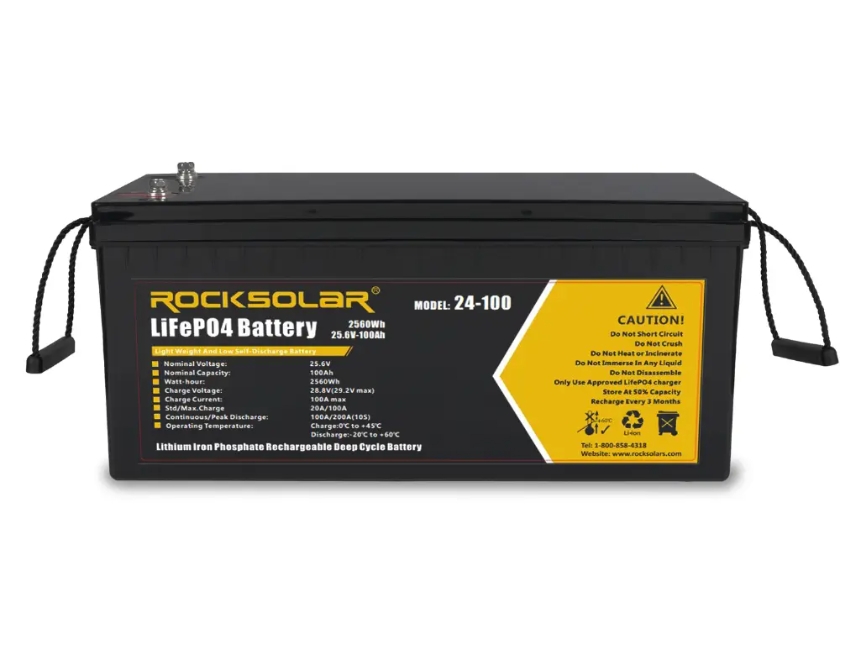
Batteries are like the unsung heroes of modern tech—they keep everything running but rarely get the spotlight. Well, today’s the day we shine a light on 24V Lithium Iron Phosphate (LiFePO4) batteries. These high-performance energy dynamos are stealing the show in renewable energy systems, electric vehicles, and backup power supplies. And the best part? They’re safer, longer-lasting, and more efficient than most of their competitors. Let’s break it down with a spark of humor to keep things lively!
What Exactly is a 24V LiFePO4 Battery?
Imagine a battery that doesn’t overheat, lasts thousands of cycles, and doesn’t quit under pressure. That’s LiFePO4 for you! With a nominal voltage of 25.6V (thanks to eight 3.2V cells connected in series), this battery type powers everything from your solar panels to your electric vehicle like a pro.
Types of 24V LiFePO4 Batteries: It’s All About Shape and Function
Cylindrical Cells
- What Are They? Shaped like AA batteries but way more powerful, these cells are built for durability.
- Why They’re Cool: Excellent heat dissipation and solid construction make them practically indestructible.
- Where You’ll Find Them: Electric vehicles, power tools, and devices that demand serious power output.
Prismatic Cells
- What Are They? Rectangular cells designed to maximize space efficiency.
- Why They’re Cool: Higher energy density and compact design make them the Tetris champions of battery packs.
- Where You’ll Find Them: Solar systems, UPS units, and—you guessed it—electric vehicles.
Pouch Cells
- What Are They? Flexible, lightweight, and encased in a soft pouch.
- Why They’re Cool: Their slim design makes them perfect for tight spaces.
- Where You’ll Find Them: Portable devices and consumer electronics that need to be lightweight and compact.
Capacity: How Much Power Do You Need?
Let’s get to the nitty-gritty of why capacity matters:
- 100 Ah Batteries Explained: These deliver 100 amps for an hour or 50 amps for two hours. It’s like having a reliable sidekick who never runs out of energy mid-mission.
- Depth of Discharge (DoD): These batteries let you use up to 80% of their capacity safely. So, from a 100 Ah battery, you can count on 80 Ah without breaking a sweat.
- Cycle Life: Want longevity? LiFePO4 batteries deliver over 2000 cycles, and premium models can hit 7000 cycles. That’s years of uninterrupted power!
- Energy Density: They might not win the compactness contest (NMC batteries have the edge there), but they more than make up for it with enhanced safety and a lifespan that just keeps going.
Why Voltage Configuration Matters
A single LiFePO4 cell runs at 3.2V. Stack eight of these in series, and you get a 24V system that’s perfect for off-grid solar setups, electric vehicles, or even powering your home during outages. It’s like LEGO for grown-ups, but with way more volts.
Why Choose a 24V LiFePO4 Battery?
- Safety First: These batteries are thermally stable, meaning they won’t go kaboom if things get heated (literally).
- Longevity Wins: With thousands of cycles, they’ll outlast most of your gadgets—and possibly your patience.
- Versatility Galore: Whether you’re saving the planet with solar panels or cruising in an EV, there’s a 24V LiFePO4 battery for that.
Final Thoughts: Power Up Without Burning Out
If you’re looking for a battery that’s reliable, efficient, and built to last, 24V LiFePO4 batteries are the clear winner. With their versatile configurations and impressive performance, they’re ready to tackle anything you throw their way. So go ahead, power up your world—these batteries won’t let you down!

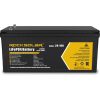
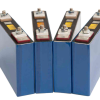
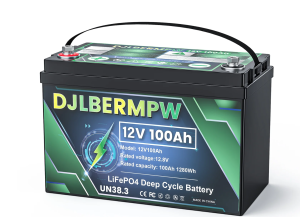
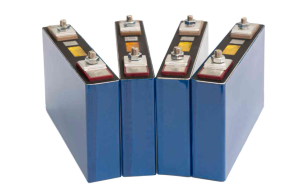
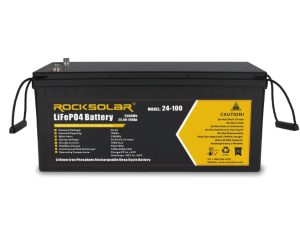
Add comment